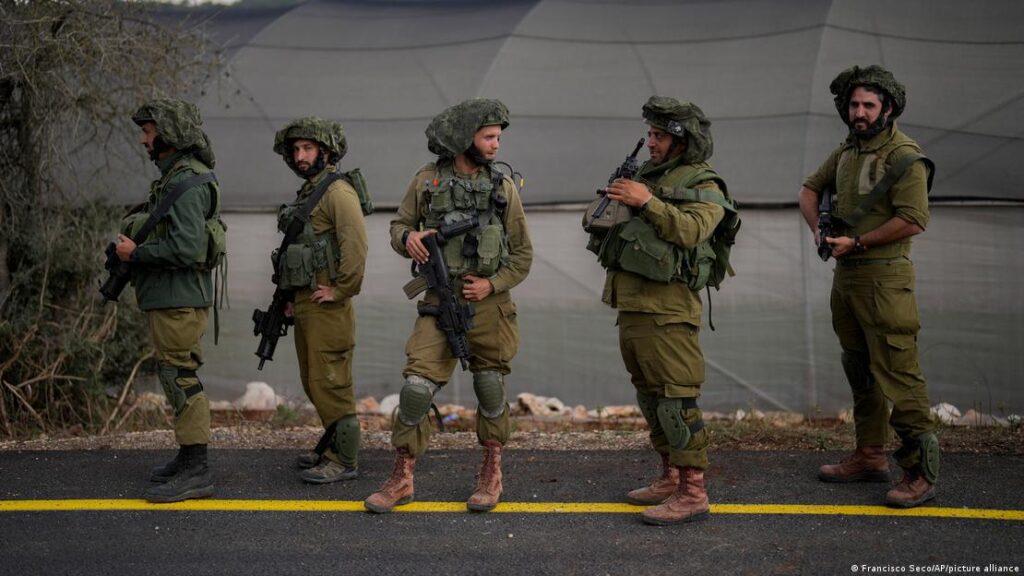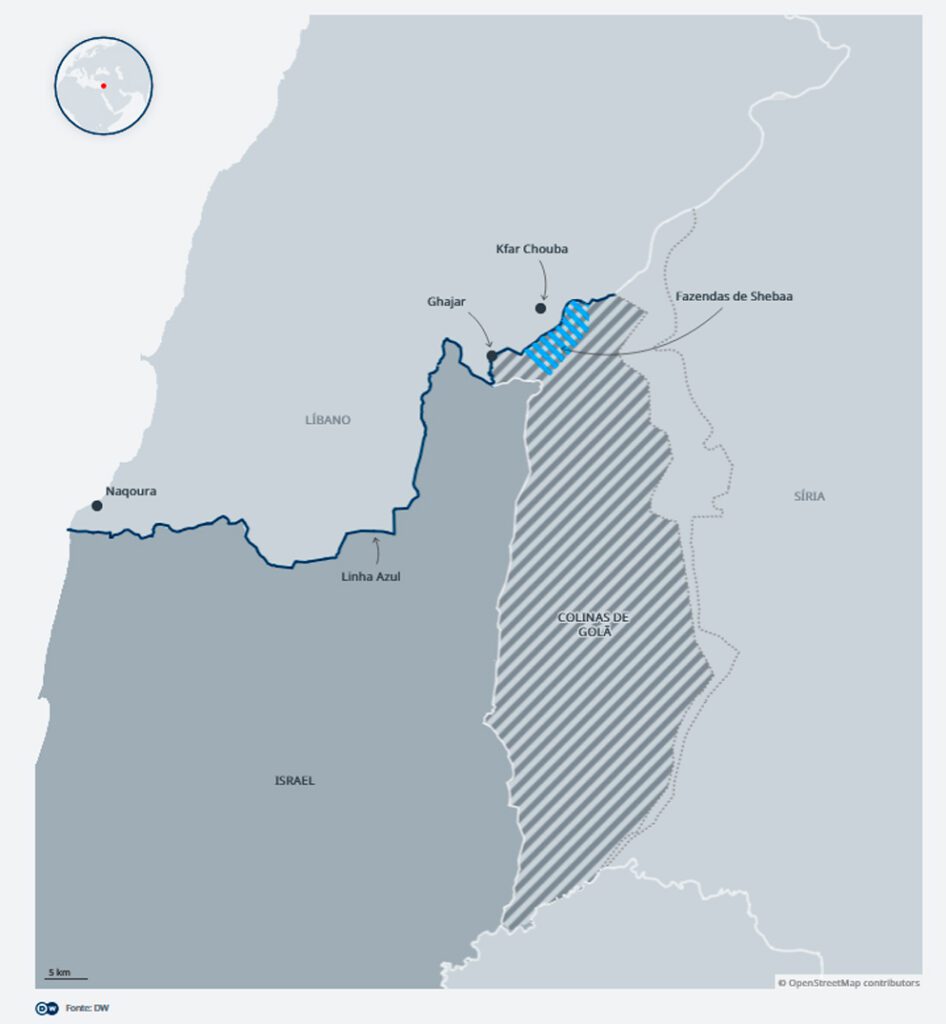Tensions in the area are rising, with frequent exchanges of fire between the Lebanese radical group Hisbollah and the Israeli military, generating fears of a regional conflict spreading.
In recent days, there have been constant exchanges of fire between Israel and Hisbollah militants in Lebanon.
It all began shortly after the Islamic militant group Hamas, classified as a terrorist organization by the US and the European Union, launched a large-scale attack on Israel on October 7.
On October 8, Lebanese sources reported Israeli attacks in southern Lebanon, and a projectile hit the village of Khiam. Since then, the Iranian-backed Lebanese militant group Hisbollah has taken responsibility for several rocket attacks in northern Israel.
The Israel Defense Forces (IDF) responded by bombing more targets in southern Lebanon, killing several Hisbollah militants.
These recent clashes in the area are the most critical escalation since the 2006 Lebanon War, which left around 250 Hisbollah militants and more than a thousand civilians dead, as well as around 160 Israeli soldiers.
Hisbollah, which operates as a political party with more than 60 seats in the Lebanese parliament, also has an armed arm that possesses a vast arsenal of rockets and is made up of thousands of experienced fighters. Several countries, including the US and Germany, classify Hisbollah as a terrorist group.

Exchange of fire intensifies
“We are observing intense exchanges of fire between Lebanese territory and Israel,” the United Nations Interim Force in Lebanon (UNIFIL) said in a statement on October 15, after its headquarters in the Lebanese town of Naqoura was hit. “Regrettably, despite our efforts, the military escalation continues,” it said. “Fortunately, no one was injured,” the statement said.
Earlier that day, Hisbollah took responsibility for launching a missile at Israel, killing a man in the border town of Shtula. The Islamist group said the attack was in retaliation for an Israeli bombing that hit a group of journalists near the village of Alma-al-Shaab.
A Reuters cameraman was killed in the attack, prompting the London-based news agency to launch an investigation. Five other journalists were injured.
The Lebanese military said the attack came from Israel. Israeli authorities said they were investigating the incident.
On Monday, the Israeli army announced that almost 30 communities within a two-kilometer radius of its northern border with Lebanon would be evacuated, designating the area a military zone.
Blue Line

The border area between Lebanon and Israel remains volatile and disputed, with sporadic clashes often erupting.
There is no official border between the two countries. Instead, there is a demarcation line called the Blue Line, marked by blue barrels. Stretching for around 120 kilometers along Lebanon’s southern border, it was created by the United Nations in 2000 to confirm the withdrawal of Israeli forces from the occupied territories in southern Lebanon.
Lebanon contested the Blue Line, claiming that some of the farms around the border village of Shebaa belonged to its territory and not to the Golan Heights, which Israel has effectively occupied since capturing the territory from Syria in 1967.
In 2006, Hisbollah militants crossed the Blue Line and kidnapped Israeli soldiers. Israel retaliated by launching a ground invasion of southern Lebanon. The month-long conflict ended with a UN-brokered ceasefire.
Around 10,000 soldiers from 46 nations, members of the UN peacekeeping force, are currently stationed in the area.
